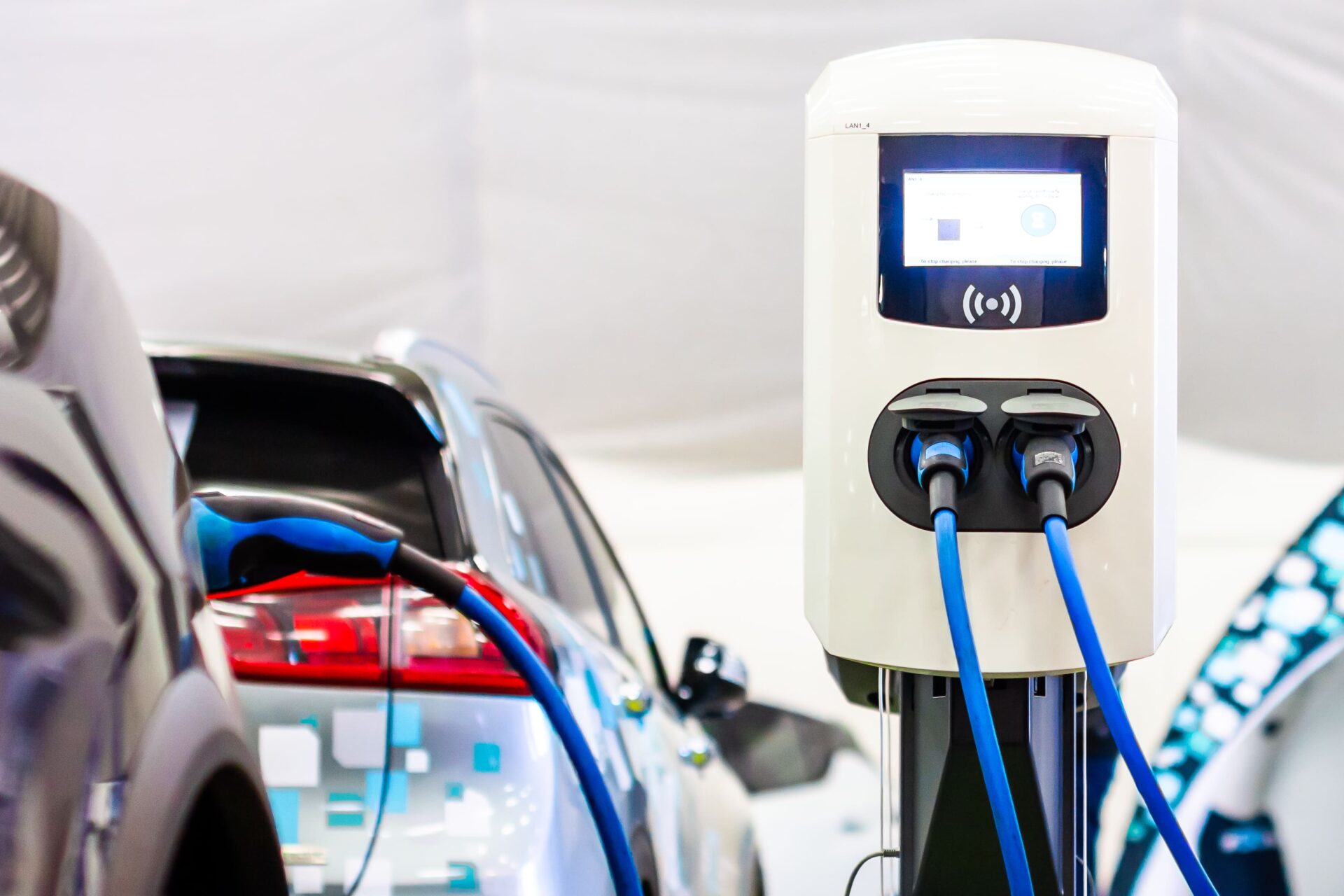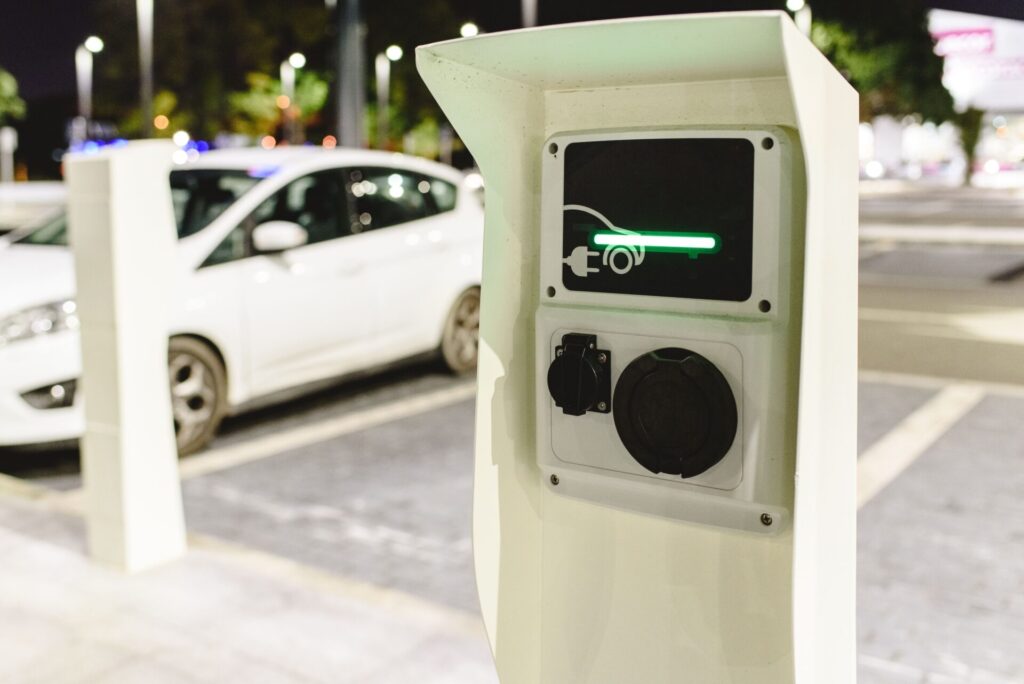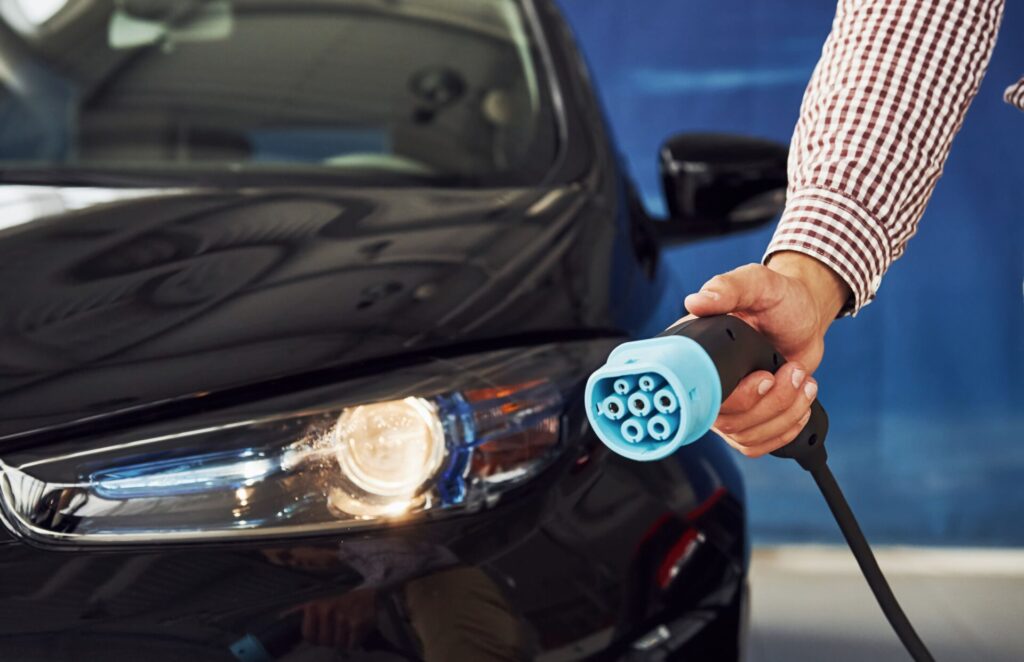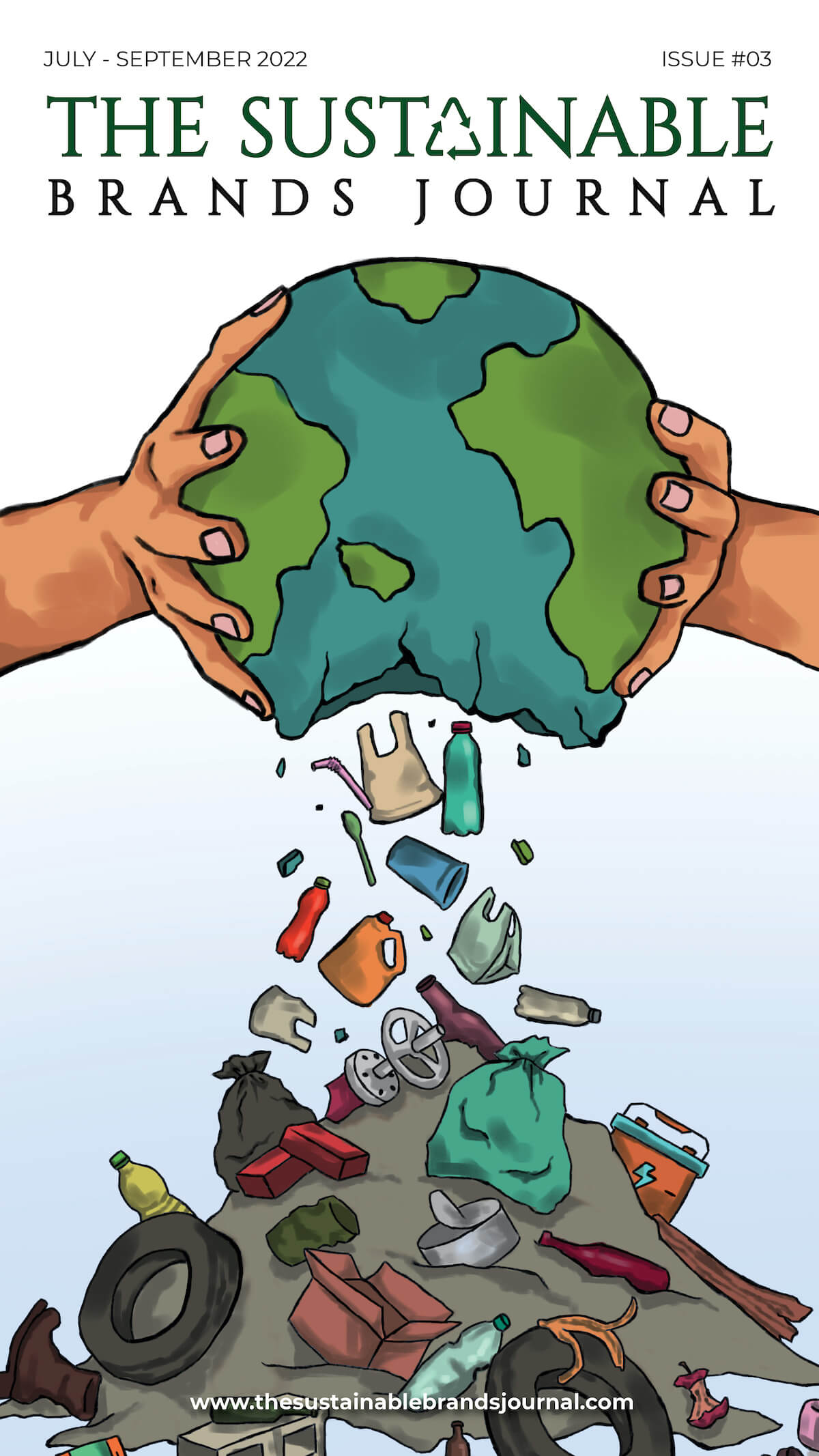
Transportation and Mobility sector emitted 8.4bn metric tonnes of CO2 equivalent in 2023, accounting for 16% of global greenhouse gas (GHG) emissions. 12% of the total GHG emissions in 2021 came from road transport, making it second largest contributor to global emissions. As this concern intensifies and government, businesses and consumers strive to reduce their carbon footprints, EVs have become pivotal in this effort to move towards net zero.

Global EV adoption:
Almost 14mn electric cars were sold in 2023, being 35% y-o-y increase from 2022 and 95% of this sale was recorded in China, Europe and USA. Clearly the sales are concentrated in few geographies. What is that makes the adoption of EVs in these geographies faster than the rest?
Policy Support: Governments are incentivizing EV adoption through subsidies, tax breaks and ambitious targets. For instance, the USAs Inflation Reduction Act includes provisions to promote EVs and the European Union aims to phase out internal combustion engines by 2035
Technological Advancements: Battery chemistry supporting energy density, solving for range anxiety, being cost efficient and sustainable production have addressed primary concerns of the market and consumers.
Innovations in the field also increase consumer’s confidence, for instance, heavy commercial vehicles can’t run on traditional lithium ion batteries and need a much powerful power train; different battery chemistries like sodium ion battery, nickel manganese cobalt, lithium iron phosphate with thermal management system and faster charging will need to be worked on. In China, CATL has launched its battery system with fast charging (70% in 15 min), longer battery life (15 years) and has a range of 500 kms.
Awareness: Lower operational costs is motivating consumers to switch to EVs. Development of extensive charging infrastructure and innovation in battery tech is further alleviating the anxiety.

Despite the encouraging trends, multifold challenges exist. High upfront cost, limited charging infrastructure in emerging and developing markets, sustainable battery materials for global EV adoption and actually having renewable energy for charging the vehicles remain barriers.
One of the important elements needed for transition to EVs in order to maximize the environmental benefits is to use clean source of energy, for transition. We need to look at integration between EVs and renewable energy and critical aspects include:
Grid Support: Vehicle to Grid (V2G) technology allows EVs to act as mobile energy storage units enabling the smooth and uninterrupted supply of power by the grid during peak demand by feeding power back to the grid
Renewable Energy Charging Infrastructure: As highlighted, in order to maximize the benefit of EVs, it is imperative for clean source of energy to charge them. Solar and wind powered charging stations are becoming extremely common. The next phase should focus on making the central grid green, enabling the reduction of overall carbon footprint.
Energy Storage: As EVs can support the grid, the batteries can very well act as excellent storage units, complimenting intermittent renewable sources of solar and wind.
As we see the benefit of EV and Renewable grid’s integration, there are challenges around it:
Network Inadequacy: Currently, the physical grid capacity is less than what is needed to accommodate supply and demand connections, primarily due to optimizing grid capacity
Unstable Grid: The fluctuating nature of the renewable sources demands for advanced energy storage system and predictive methods to anticipate energy demands and ensure steady power supply.
Grid Upgradation: With different sources of energy, the grid needs to be replaced with smart grid technologies that can manage the dynamic flow of electricity. Smart grid technologies enable real-time monitoring and control, facilitating efficient energy management and responsive mechanisms for handling energy demands. Policy and regulation: Policy and regulatory frameworks are needed for successful integration of renewables in the grid and defining the rules around EVs integration with the grid. Favourable policies shall witness collaboration between utilities, regulators and technology providers.

Way Forward:
Electrification beyond cars: While passenger EV adoption is critical, electrification of trucks and buses will be needed to decarbonise the sector. Heavy duty trucks contribute to more than 1 GtCO2 annually.
Long haul commercial transportation thereby needs to be electrified.
Advances in battery technology: Breakthroughs in sodium ion battery chemistry, hydrogen fuel cells, solid state batteries show promise in enhanced battery density, sustainable materials for batteries, solving for range anxiety.
Infrastructure: Charging infrastructure with ability for fast charging, multiple charging points, bi-directional charging to facilitate and enable V2G. Increasing the number of chargers per EV. The worldwide average in 2021 was 10 EVs per charger and 2.4 kW per EV, this needs to improve.
Global Collaboration: International collaboration is needed for addressing supply chain challenges, setting global standards and sharing best practices.

Prachi, an accomplished Chief-Editor at The Sustainable Brands Journal, has 15+ years of experience in Europe, the Middle East, and India, managing 90+ global sustainable brands. She’s a prolific writer in sustainability, contributing to various publications. Prachi’s unwavering passion and expertise make her a recognized authority, driving positive change and inspiring a sustainable future.





